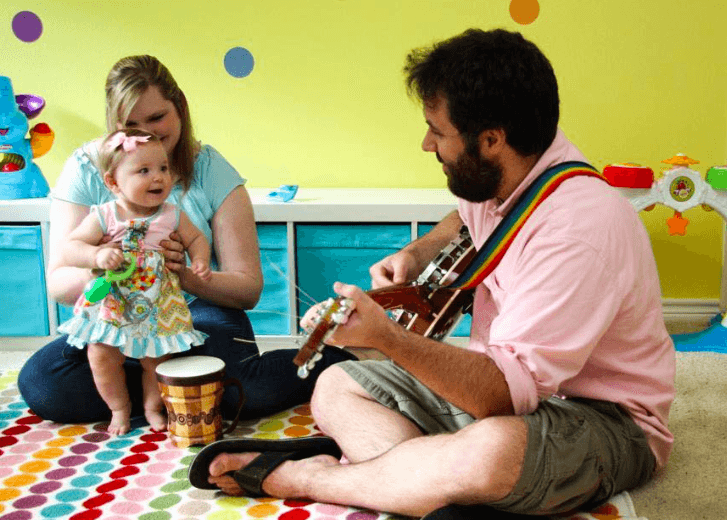[vc_row][vc_column][vc_column_text]Last month, I wrote an article on what kids want that featured a commercial from an Australian food company. It beautifully demonstrated the importance of quality time vs. quantity of time between parents and kids. As it turns out, kids crave time that involves meaningful interaction, such as mealtime. During a meal you make eye contact, talk about your day…what you saw, what you learned. It’s time to learn a bit more about each other. Your kids are constantly changing.
Recently, early childhood expert Erika Christakis gave an interview over at NPR and focused on her new book, The Importance of Being Little: What Preschoolers Really Need from Grown-Ups. What kids need is a logical next step in the discussion following what kids want.
 [/vc_column_text][vc_column_text]
[/vc_column_text][vc_column_text]
Less Paper, More Play
Christakis’s basic premise is straightforward and direct. We live in an educational era dominated by test preparation. I have mentioned before that my wife is a public school music teacher and she sees this on a regular basis. The amount of activities in which children take part that are experiential in nature seem to take a back seat to process or didactic learning (think lecture). We need more opportunities for experiential learning.
Play is a wonderful form of experiential learning. Dancing, movement, singing – these are all opportunities to do and learn through doing. And this is what Christakis suggests – kids need opportunities to learn and grow through play. Specifically, our kids need play activities involving adults with whom they have important, positive relationships – like parents and grandparents.
Here’s a brief video explaining experiential learning, and how it benefits growth. One of the most important parts of this is reflecting on the activity at hand. And this can be simply talking with your child – perhaps during a meal (See what I did there? Full circle!). They are initiating the process of learning when they play, developing an understanding of the world around them, how their minds and bodies work in that world, and how they interact with others.[/vc_column_text][vc_video link=”https://www.youtube.com/watch?v=aF63HHVbpQ8″][vc_column_text]Now, don’t get me wrong, there are multiple modes of learning that are effective, however, when you reduce the amount of active participation on the part of the learner, it can have a negative overall outcome.
So…what does Erika Christakis have to say about learning through play? From her February interview with NPR…
Playful learning is embedded in relationships and in things that are meaningful to children. I use the example of the iconic Thanksgiving turkey [handprint] . When you really get into what’s behind those cutesy crafts, a lot of curriculum is organized around these traditions, things around the calendar, things that are done because they’ve always been done.
When you look at how kids learn, they learn when something is meaningful to them, when they have a chance to learn through relationships — and that, of course, happens through play.
And there it is again – the idea that learning is heightened when there is active participation coupled with meaningful relationships. As easy as it is for us to say “go play in your room”; it’s much more meaningful if we play with them, if we move with them, if we sing with them. And the research I mentioned last month indicates that the quality of these moments is far more important than the quantity. Make them count.[/vc_column_text][vc_column_text]

[/vc_column_text][/vc_column][/vc_row][vc_row][vc_column][vc_column_text]
A Natural Flow
How often does what we need as humans progress so neatly from what we want? They are often two very different things. But with kids and their “blank slate” nature, these two things do tend to align, or at the very least, one feeds the other. If you take the time to have quality moments with your child, this can often result in Christakis’s “playful learning”. What they want becomes what they need when you find ways to make that time experiential and playful. Then, it cycles back on itself when you find opportunities to talk about what went down. And trust me…if it was fun, they will want to talk about it! They’ll want to call up their aunt or grandpa to tell them all about. So take advantage – ask questions. Get them to ask you questions. Connect, learn, grow…together.[/vc_column_text][/vc_column][/vc_row][vc_row][vc_column][class_finder_form css=”.vc_custom_1457327574869{padding-top: 20px !important;padding-right: 20px !important;padding-bottom: 20px !important;padding-left: 20px !important;}”][/vc_column][/vc_row]

